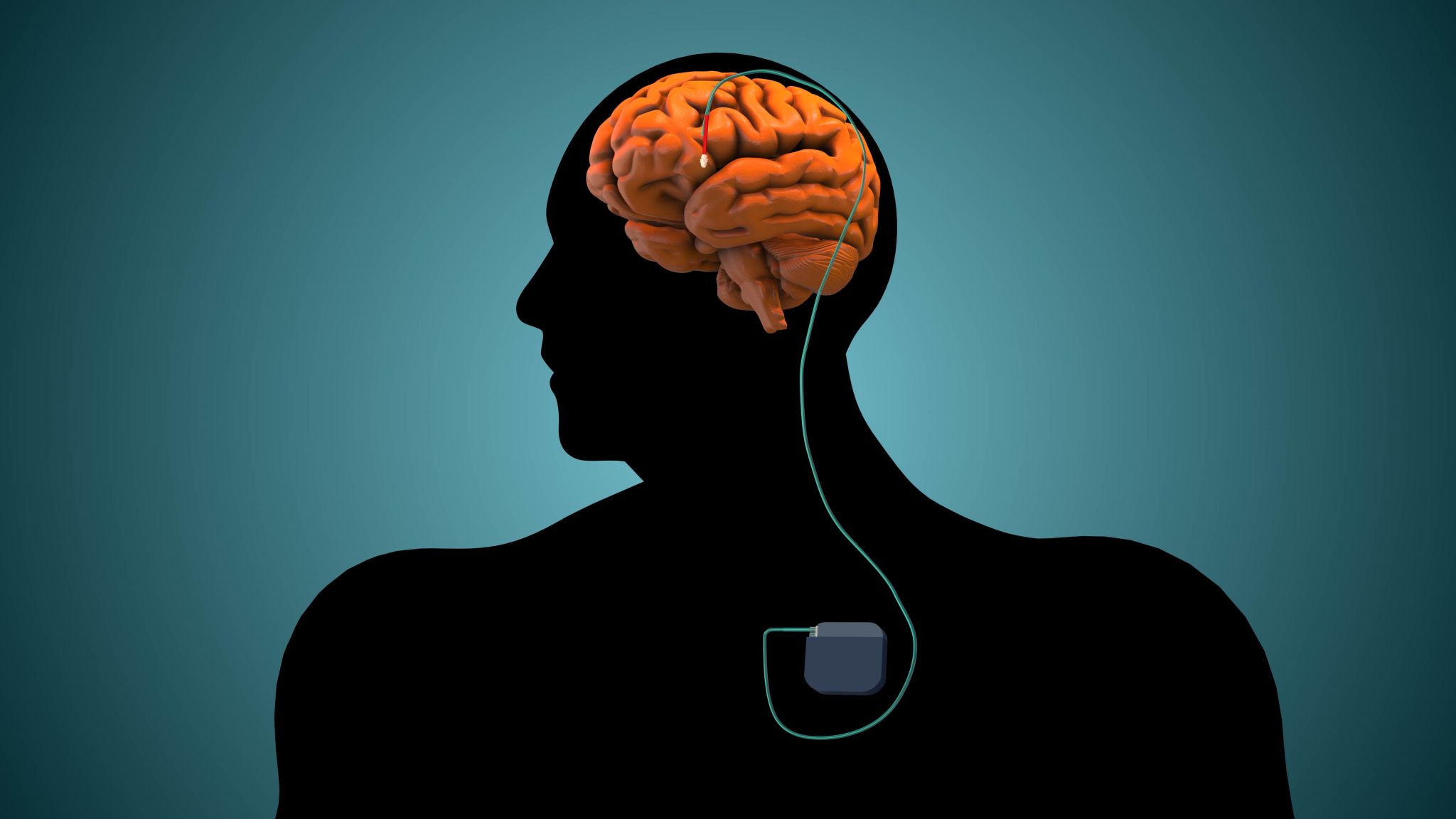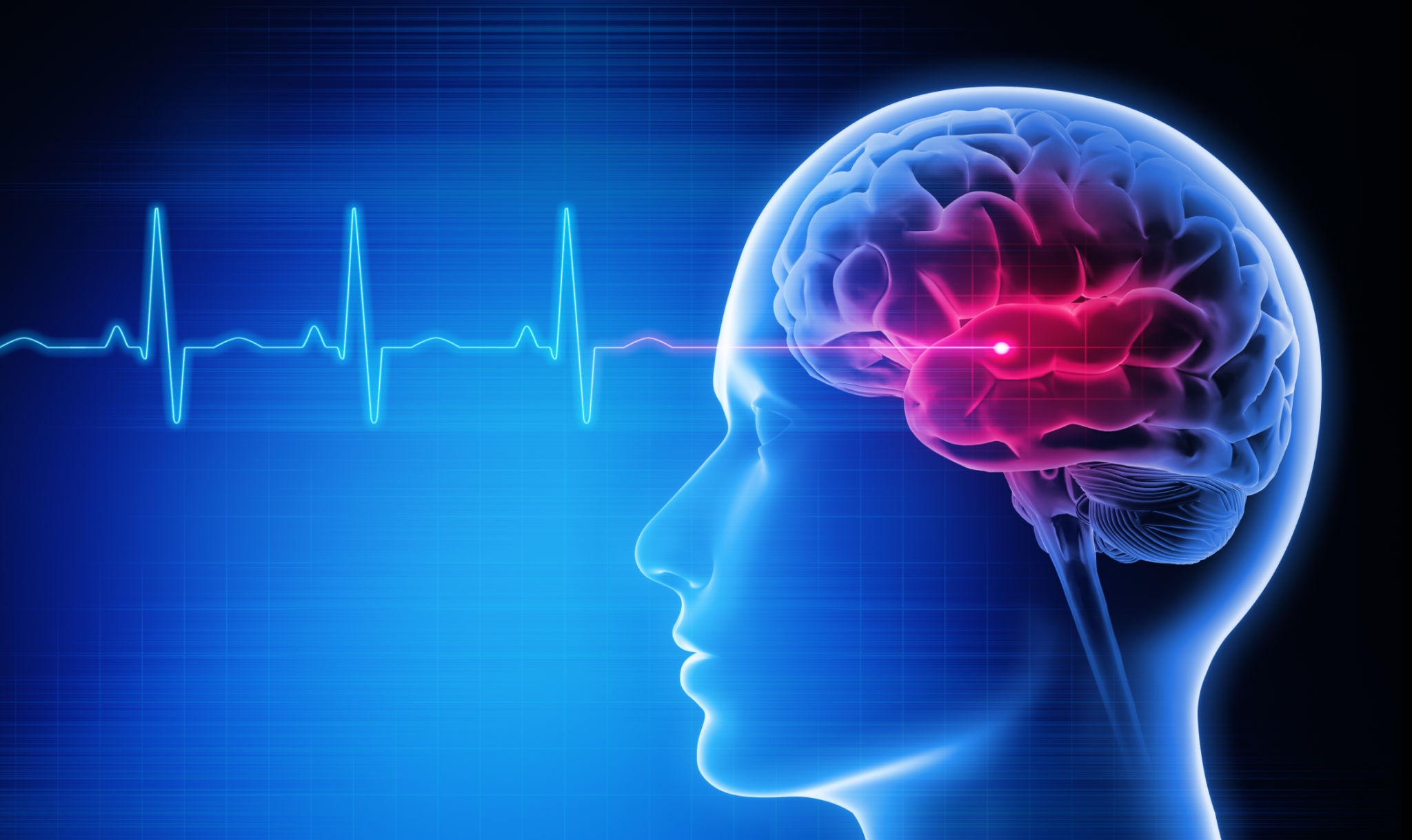A Guide to Brain Stimulation Sessions: What to Expect
Understanding Brain Stimulation Sessions
Brain stimulation sessions are increasingly being recognized as an effective way to enhance cognitive function and improve mental health. Whether you're considering it for therapeutic purposes or cognitive enhancement, understanding what to expect can help you make the most of the experience. These sessions use various techniques to stimulate specific areas of the brain, potentially leading to improved focus, mood, and overall brain function.
There are several types of brain stimulation techniques, including Transcranial Magnetic Stimulation (TMS) and Transcranial Direct Current Stimulation (tDCS). Each technique has its unique approach and benefits, so it's essential to discuss with a healthcare provider which might be best for your needs.

The Initial Consultation
Before beginning any brain stimulation sessions, an initial consultation with a healthcare professional is typically required. During this meeting, you will discuss your medical history, current health issues, and goals for treatment. This consultation helps the practitioner determine the most appropriate type of stimulation for your needs.
It's important to ask questions during this consultation to ensure you fully understand the process. Inquire about the potential benefits and risks, the expected duration of treatment, and how to prepare for your sessions.
Preparing for Your First Session
Preparation for brain stimulation sessions usually involves a few simple steps. You may be advised to avoid caffeine or alcohol before your session, as these substances can affect your brain's responsiveness to stimulation. Additionally, wearing comfortable clothing and removing any metal objects from your body can help ensure a smooth experience.

What Happens During a Session?
During a brain stimulation session, you will typically be seated comfortably in a chair. The practitioner will position the device over the area of your brain that requires stimulation. Depending on the type of stimulation being used, you may feel a slight tapping or tingling sensation on your scalp. The session can last anywhere from 20 to 40 minutes.
It's normal to feel a little apprehensive before your first session. However, most people find the process to be painless and even relaxing. Many report feeling more focused and alert immediately following their session.
Post-Session Expectations
After a brain stimulation session, it's common to feel a boost in mood and mental clarity. However, some individuals may experience mild side effects such as headaches or lightheadedness. These symptoms are generally short-lived and subside quickly.

It's crucial to maintain open communication with your healthcare provider throughout the treatment process. Regular follow-up appointments can help assess your progress and make any necessary adjustments to your treatment plan.
Long-term Benefits
The long-term benefits of brain stimulation can be significant. Many individuals experience sustained improvements in mood, concentration, and overall cognitive function. For those using brain stimulation as a therapeutic intervention, it may lead to a reduction in symptoms associated with conditions such as depression or anxiety.
While results can vary from person to person, many find brain stimulation sessions to be a valuable component of their mental health and wellness strategy. Understanding what to expect can help you approach these sessions with confidence and optimism.
